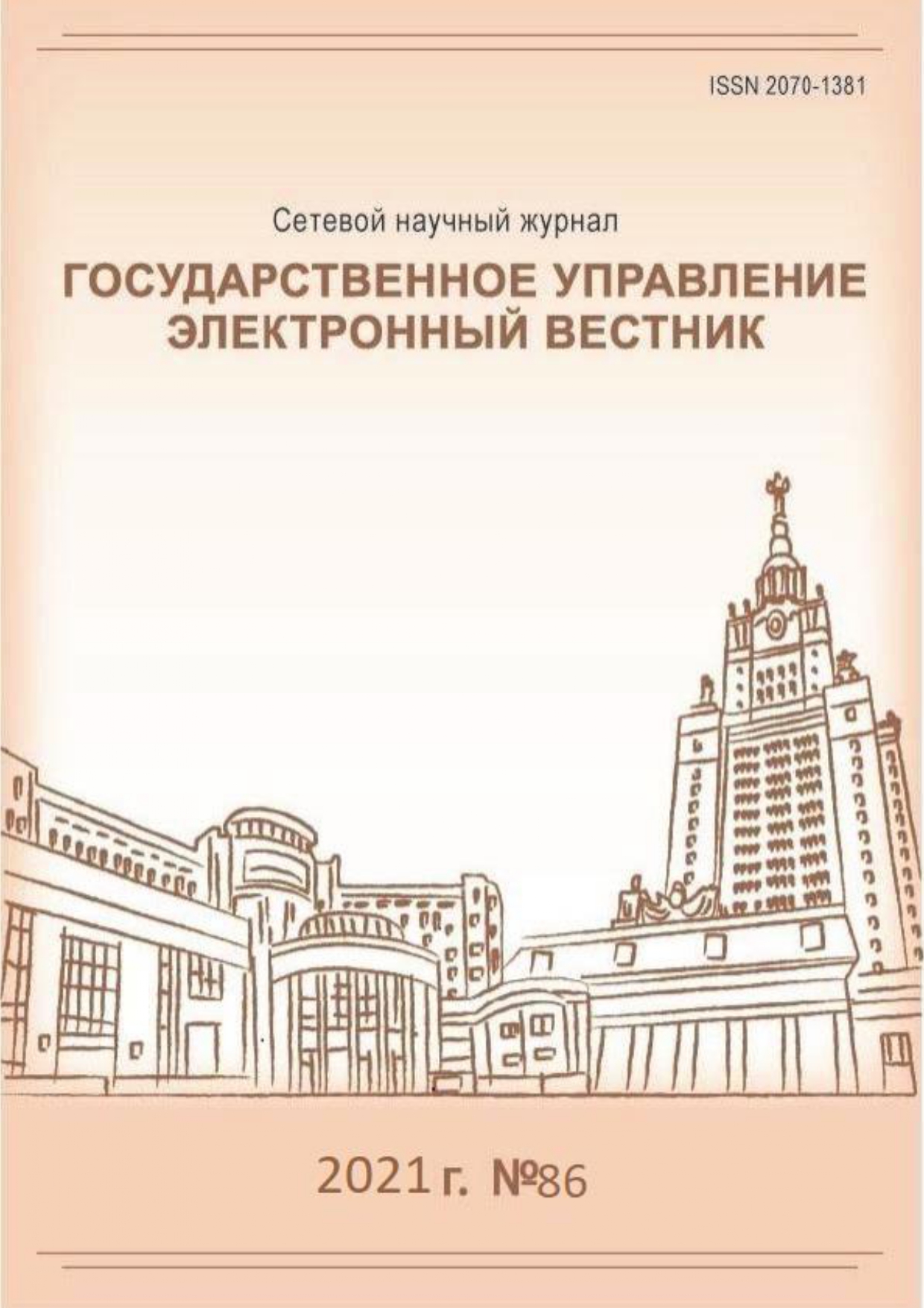Features of Forming Tourist Geo-Brands of Russian Regions (Example of Ivanovo and Tambov Regions)
Keywords:
Geo-brand, geo-branding, tourism marketing, coronavirus, tourism, Ivanovo region, Tambov regionAbstract
The Russian tourism market is changing significantly under the influence of the coronavirus pandemic and related restrictions: outbound tourism is being replaced by domestic tourism; domestic tour operators are inviting tourists to the regions, and the attractions of our country claim to be as good as foreign ones. The article provides a comparative analysis of tourist geobrands in Ivanovo and Tambov regions. The authors develop a conditional model of a tourist regional geo-brand, which can be used to compare the competitive positions of Russian regions’ geo-brands, as well as to formulate recommendations for their further development and support. The structural elements of this model are competitive advantages of the region; key idea and values of geo-brand; ensuring comfortable stay of tourists; promotion tools; the degree of development of digital tools; understanding of target audience and its amount; regulatory framework. An online survey was used as an additional research tool to determine the recognition of geo-brands of Ivanovo and Tambov regions among the youth audience in Moscow, the results of which are also presented in this article. For example, in connection with the pandemic and the closure of borders more than half of the respondents actually travelled in Russia in 2020. About 12% of the respondents know about the tourist brands of Tambov region, 97% are aware of Ivanovo region geo-brands. According to the research results it is necessary to establish a unified positioning idea, visual identity and values of the regional geo-brand as well as to develop creative digital communications in the promotion campaigns of the regions mentioned above.
References
Анхольт С. Брендинг: дорога к мировому рынку. М.: Кудиц-Образ, 2004.
Кирьянова Л. Г. Маркетинг и брендинг туристских дестинаций. Томск: Изд-во Томского политехнического университета, 2011.
Котлер Ф., Асплунд К., Рейн И., Хайдер Д. Маркетинг мест. Привлечение инвестиций, предприятий, жителей и туристов в города, коммуны, регионы и страны Европы. СПб.: Стокгольмская школа экономики, 2015.
Логунцова И.В. Маркетинговые аспекты управления туризмом. М.: Аргамак-Медиа, 2019.
Реброва Н.П. Территориальный маркетинг как фактор стратегического развития региона // Актуальные вопросы развития экономики. Материалы международной научно-практической конференции к 100-летию Финансового университета при Правительстве Российской Федерации. Омск: Финансовый университет при Правительстве Российской Федерации, Омский филиал, 2018. С. 32–35.
Тхориков Б.А., Ломовцева О.А., Герасименко О.А., Саблина О.М., Титова И.Н. Геомаркетинг новый концепт или прикладной инструмент бизнеса? // Вестник Томского государственного университета. Экономика. 2020. № 49. С. 199–211. DOI: 10.17223/19988648/49/14.
Чекашкина Н.Р. Стратегическое развитие региона: инвестиционная активность как детерминанта привлекательного имиджа территории // Региональная экономика: теория и практика. 2018. Т. 16. № 2. С. 214–229. DOI: https://doi.org/10.24891/re.16.2.214.
Dudek-Mankowska S., Grochowski М. From Creative Industries to the Creative Place Brand: Some Reflections on City Branding in Poland // Place Branding and Public Diplomacy. 2019. Is. 15. P. 274–287. DOI: https://doi.org/10.1057/s41254-019-00141-7.
García M.D.D., Horlings L., Swagemakers P., Fernandez X.S. Place Branding and Endogenous Rural Development. Departure Point S for Developing an Inner Brand of the River Minho Estuary // Place Branding and Public Diplomacy. 2013. Is. 9. P. 124–140. DOI: https://doi.org/10.1057/pb.2013.10.
Halme J. The Role of Social Capital in the Institutionalization of Regional Place Marketing Activity // Place Branding and Public Diplomacy. 2021. DOI: https://doi.org/10.1057/s41254-021-00201-x.
Kaneva N. Nation Branding: Toward an Agenda for Critical Research // International Journal of Communication. 2011. Vol. 5. P. 117–141.

